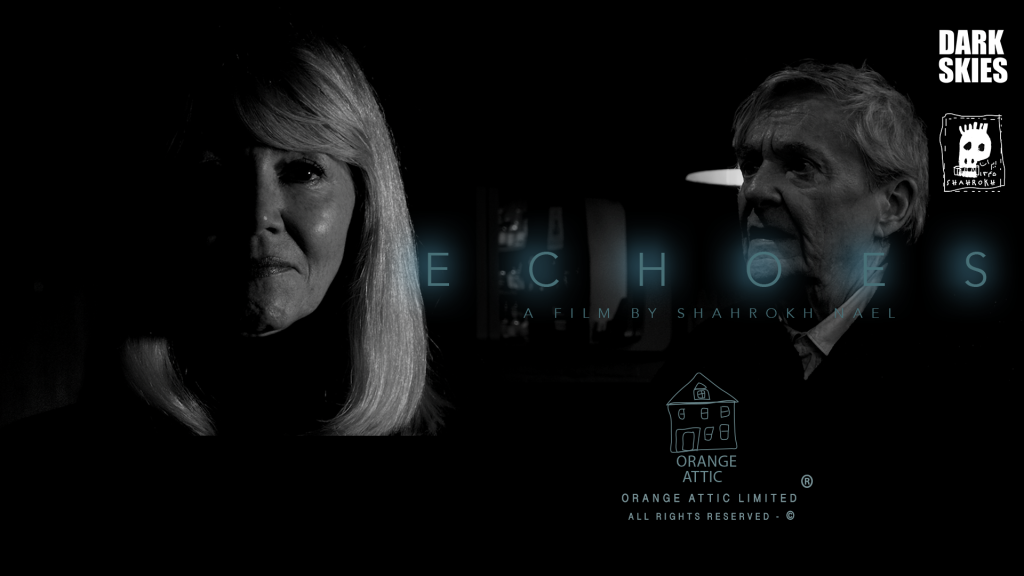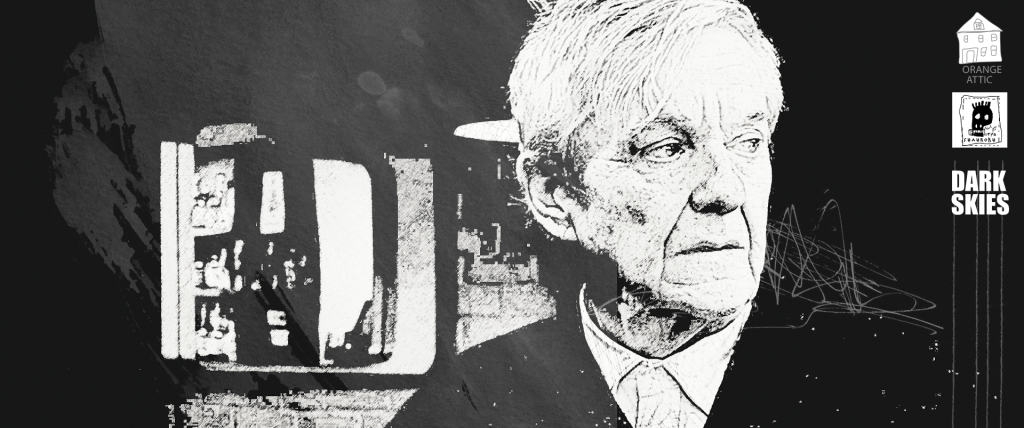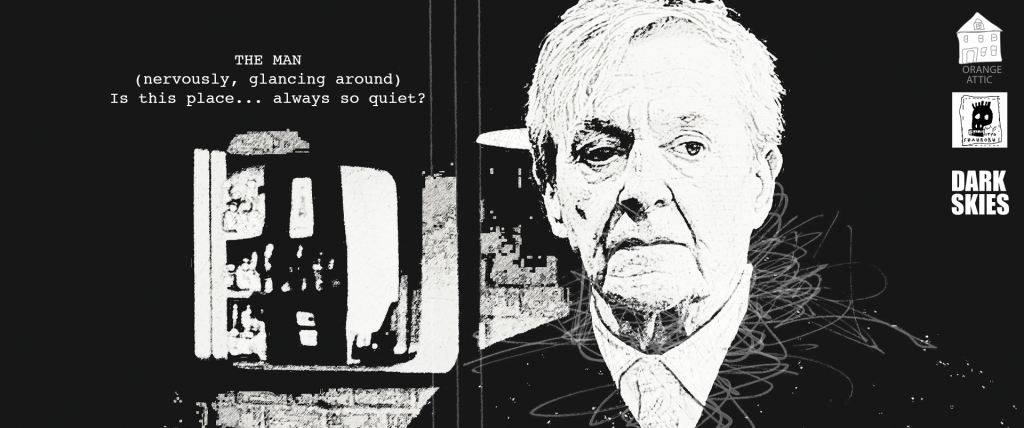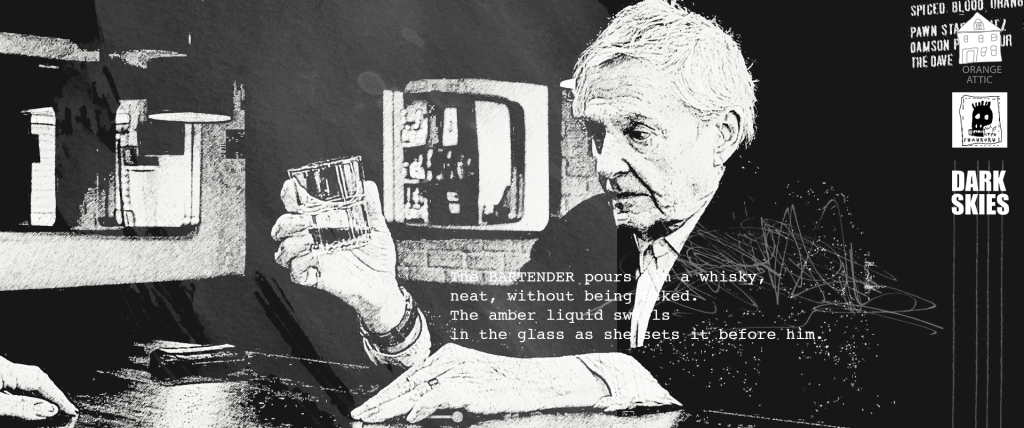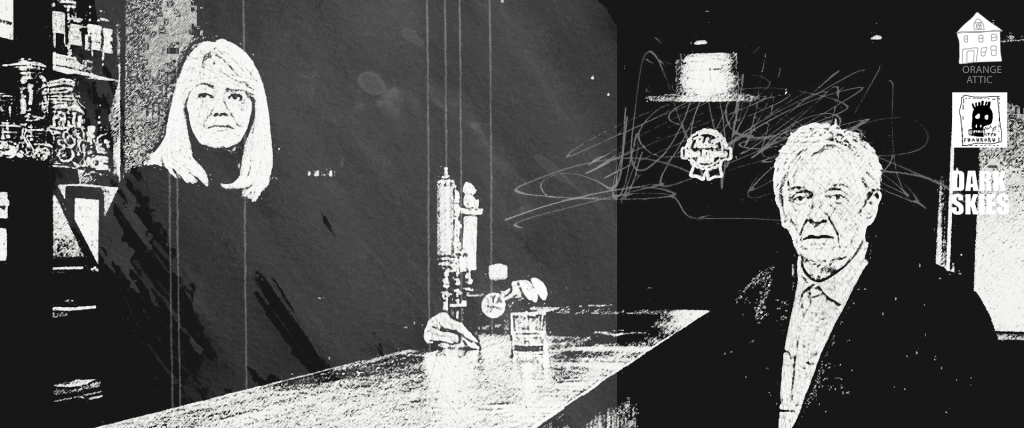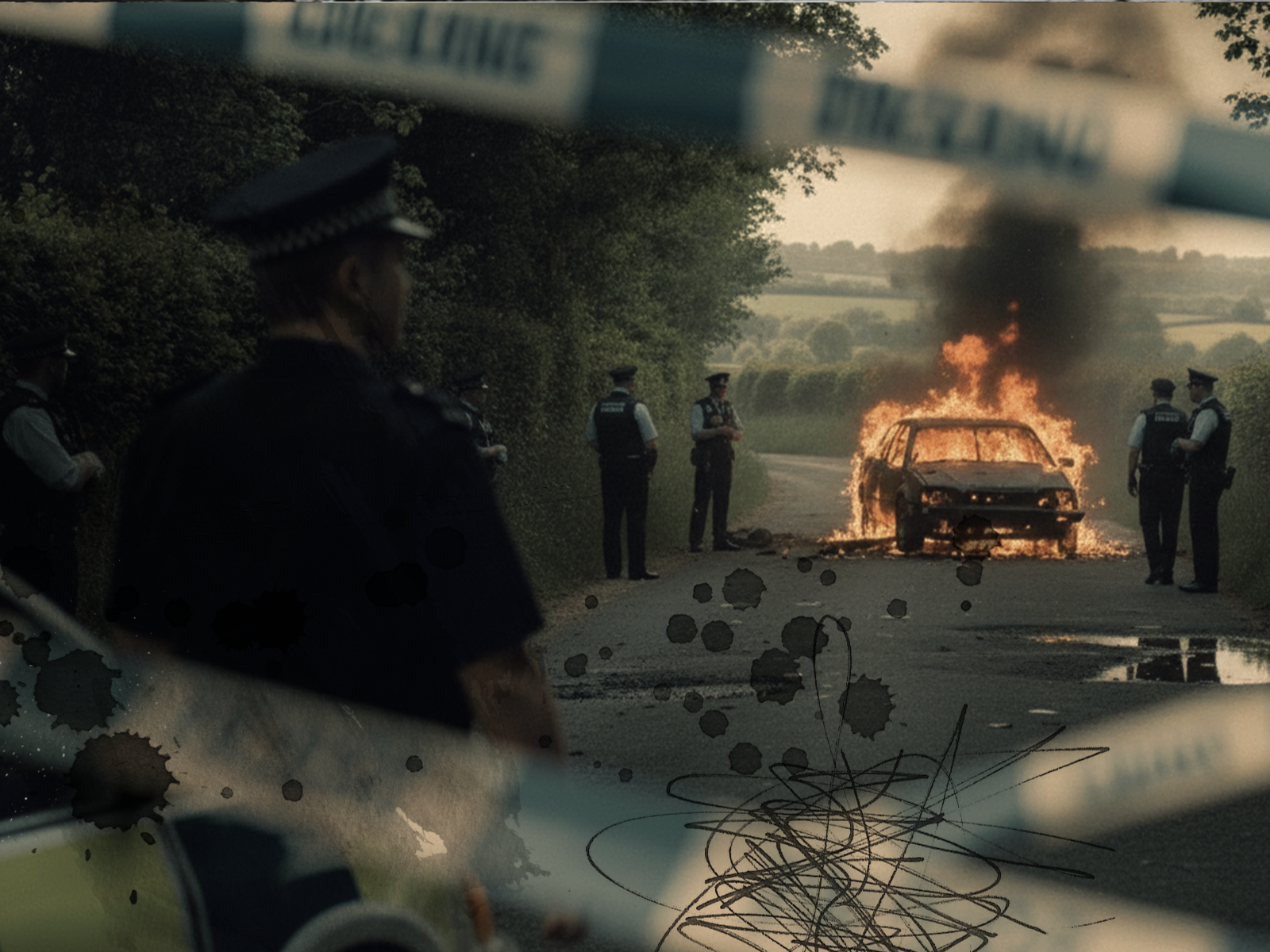Logline
A weary man wanders into a shadowy bar suspended in time, unaware he has been murdered and that the truth of his death waits to surface beyond its walls.
Synopsis
On a silent night, a man steps into a dim, near-empty bar on the edge of nowhere. The bartender, calm and enigmatic, serves him a drink while fragments of another reality begin to intrude: the flash of police lights, forensics bending over a body, the cold stillness of a morgue.
The bar feels both familiar and unearthly, a threshold where the living and the lost quietly blur.
As the night dissolves into abstraction, the truth emerges with the stark vision of his body resting in a hospital morgue.
The bar fades into silence, leaving only the impression of a soul in transition, a story concluded without his knowing.
Production: Dec 2024
Release Date: Mar 2025
Country of Origin:
United Kingdom
Language:
English
Shooting Format:
Digital
Aspect Ratio:
16.9
Project Type:
Short
Runtime:
5 minute 34 second
